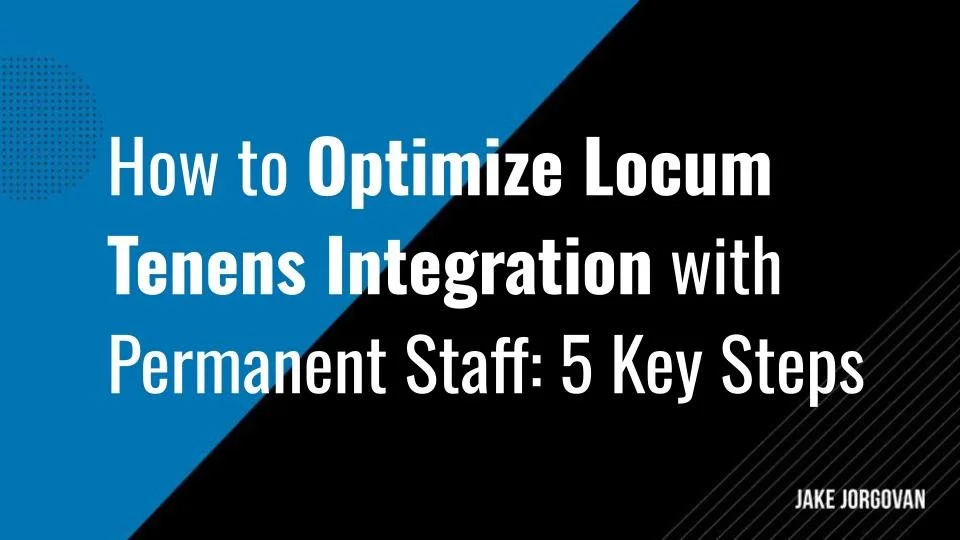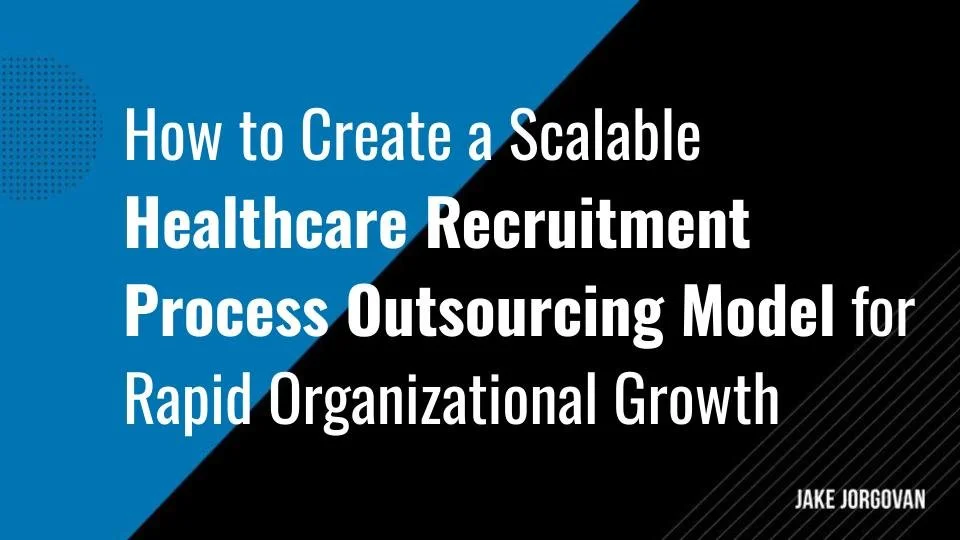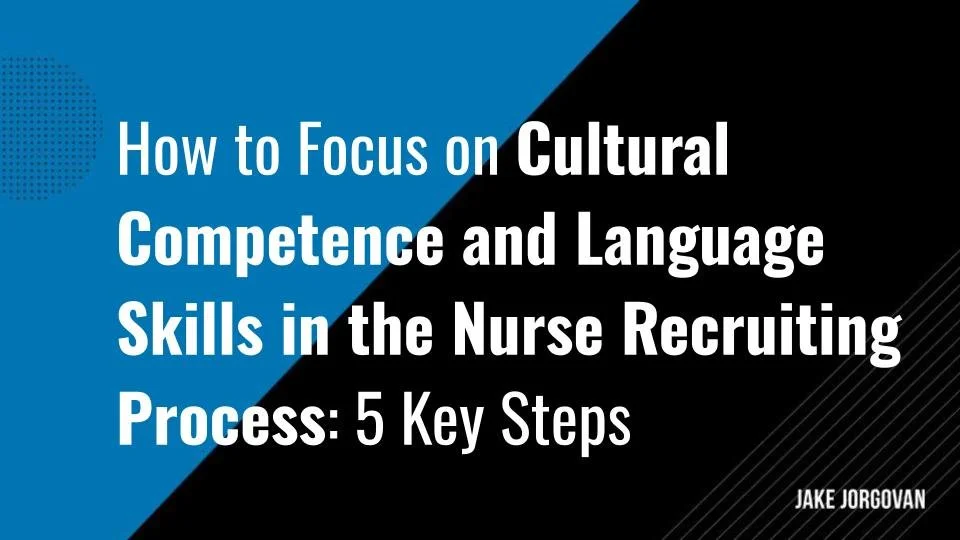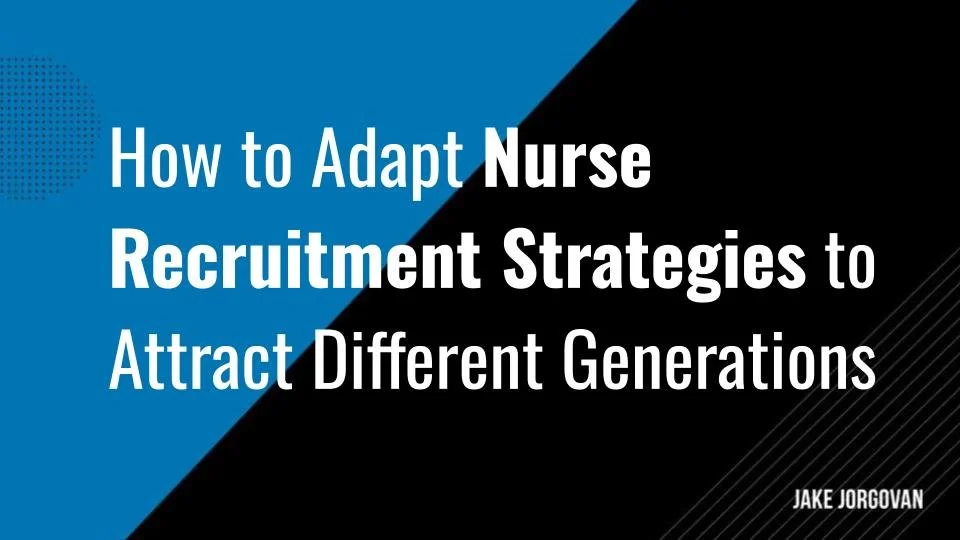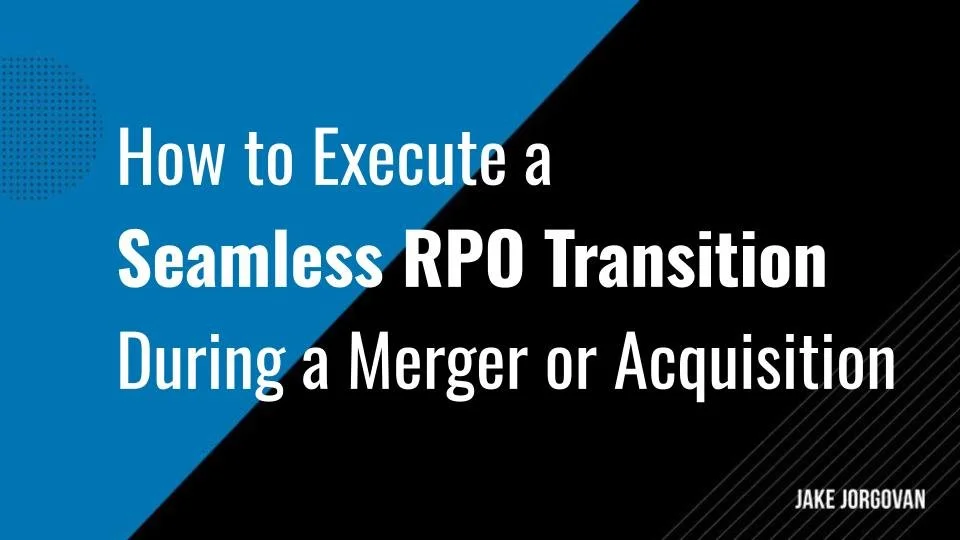Healthcare RPO vs. Traditional Staffing: Which is Best for You?
Recruitment in healthcare is tough. Organizations face challenges like high turnover and talent shortages.
This article helps you decide between healthcare recruitment process outsourcing and traditional staffing.
Here’s what you’ll learn:
Clarify the differences and functionalities of each staffing approach.
Assess which method aligns with specific organizational needs.
Choosing the right staffing method affects your organization’s efficiency, costs, and quality of care.
The right decision can streamline operations and enhance patient outcomes.
Let’s explore which approach fits your needs.
What Is Healthcare RPO?
Healthcare recruitment process outsourcing transcends traditional recruitment by assuming total control of hiring processes.
It seamlessly integrates into an organization’s structure, managing recruitment from job profiling through onboarding.
This comprehensive approach optimizes staffing workflows and strategic talent acquisition.
Key Features:
Scalability and Flexibility: Adjusts recruitment efforts to meet fluctuating demand, ensuring a steady talent pipeline.
Long-Term Focus: Prioritizes strategic hires that align with organizational goals, reducing turnover and fostering growth.
Advanced Technology Integration: Leverages AI, automation, and data analytics to refine candidate sourcing, streamline processes, and enhance decision-making.
These features provide a robust framework for healthcare organizations seeking to strengthen their workforce with precision and efficiency.
Advantages:
Efficiency in Hiring: Accelerates the recruitment cycle, significantly reducing time-to-fill while elevating hire quality through meticulous candidate assessment.
Business Goal Alignment: Ensures recruitment practices are in harmony with the organization's overarching objectives, aiding in sustainable growth and stability.
Consistent Branding: Maintains uniformity in candidate interactions, enhancing the organization's reputation as an employer of choice and attracting top talent.
These benefits position RPO as a powerful tool for healthcare entities aiming to optimize both operational performance and workforce management.
Challenges:
Initial Transition: The integration process can disrupt existing workflows, requiring time and effort to adapt to the new system.
Long-Term Commitment: RPO involves a sustained partnership, which may not align with organizations focused on short-term or immediate hiring needs.
These factors can present obstacles for healthcare organizations that require flexibility or are not prepared for the initial adjustments associated with RPO adoption.
Understanding these challenges is key to determining if RPO is the right fit for your organization.
What Is Traditional Staffing in Healthcare?
Traditional staffing in healthcare involves agencies that fill specific roles on demand.
These healthcare headhunters connect organizations with pre-vetted candidates quickly, focusing primarily on immediate vacancy needs rather than long-term strategic fit.
This model prioritizes rapid placement over comprehensive integration.
Key Features:
Transactional Approach: Focuses directly on filling vacancies as they arise, addressing immediate staffing needs without a broader strategic framework.
Flexibility for Temporary Roles: Ideal for covering short-term or project-based employment gaps, providing quick staffing solutions that are not intended for long-term engagement.
Rapid Candidate Access: Offers a large, readily available candidate pool, enabling swift hiring to prevent operational disruptions due to staffing shortages.
These elements make traditional staffing a practical option for healthcare organizations needing prompt, no-frills employment solutions.
Advantages:
Rapid Response: Enables healthcare facilities to address urgent staffing shortages swiftly, ensuring continuous patient care.
Simplified Process: Utilizes a well-understood, straightforward hiring procedure that many organizations are accustomed to, reducing complexity in recruitment.
Low Commitment: Ideal for short-term or temporary roles, allowing organizations to adjust their workforce dynamically without long-term obligations.
These benefits make traditional staffing a valuable option for healthcare organizations needing quick solutions to prevent disruptions in service delivery.
Challenges:
Reactive Nature: Primarily addresses immediate needs, often overlooking long-term strategic planning and alignment with organizational goals.
Cost Implications: While effective for short-term needs, reliance on traditional staffing for long-term or permanent roles can result in higher overall staffing costs.
Brand Inconsistency: Frequent use of various staffing agencies can lead to a fragmented candidate experience, potentially weakening the employer's brand identity.
These issues underscore the need for healthcare organizations to carefully consider their long-term objectives and the impact of their staffing choices on overall brand cohesion and cost-efficiency.
Key Differences Between Healthcare RPO and Traditional Staffing
Scope of Services
The scope of services differentiates healthcare RPO from traditional staffing significantly:
Healthcare RPO: Offers a holistic management of the recruitment process, encompassing everything from talent planning to onboarding. This approach is designed to fully integrate with an organization's long-term strategies and operational needs.
Traditional Staffing: Concentrates on the immediate filling of specific positions, often with a focus on quick placements rather than strategic alignment. This service is transactional, addressing short-term gaps more than long-term human resource planning.
These distinctions highlight RPO’s role in strategic workforce development versus the situational solution offered by traditional staffing.
Cost Structure
The cost structures of healthcare RPO and traditional staffing reflect their differing approaches:
Healthcare RPO: Adopts a value-driven pricing model that often correlates with performance outcomes. Costs are typically associated with the overall effectiveness of the recruitment process and the long-term success of hires, aligning financial incentives with client success.
Traditional Staffing: Utilizes a straightforward, position-based pricing structure. Agencies charge per placement, which provides clear costs upfront but may lead to higher expenses over time if frequent hiring is needed.
These pricing differences emphasize RPO's focus on long-term value versus the transactional cost model of traditional staffing.
Talent Ownership and Branding
The approach to talent ownership and branding distinctly separates healthcare RPO from traditional staffing:
Healthcare RPO: Places a strong emphasis on preserving and promoting the client’s brand identity throughout the recruitment process. This method ensures that all candidate interactions reinforce the employer's values and culture, aiming to attract aligned talent.
Traditional Staffing: Typically operates in a more agency-centric manner, where the staffing agency’s brand may be more prominent. This can sometimes dilute the client’s branding, as candidate experiences are less tailored to reflect the specific attributes of the hiring organization.
This differentiation highlights how RPO enhances employer branding, whereas traditional staffing may not fully support such strategic branding objectives.
Technology Integration
Technology integration is a major differentiator between healthcare RPO and traditional staffing:
Healthcare RPO: Employs cutting-edge technologies, including AI, machine learning, and predictive analytics to enhance recruitment processes. Continuous updates and improvements ensure that RPO providers can offer the most efficient and effective solutions, aligning closely with evolving healthcare staffing needs.
Traditional Staffing: Provides basic technological support focused primarily on facilitating quick placements. This often includes simpler systems for tracking and managing candidates, which are designed for speed rather than strategic depth or long-term integration.
This contrast underlines RPO's commitment to leveraging technology for strategic advantage, whereas traditional staffing prioritizes immediate operational needs.
When to Choose Healthcare RPO
Healthcare RPO is particularly suitable in the following scenarios:
Long-Term, Scalable Solutions: Ideal when an organization seeks a robust healthcare recruitment strategy that can expand or contract in response to changing demands. RPO offers a dynamic approach that supports growth and adapts to evolving market conditions, providing consistent staffing support.
Strategic Alignment with Goals: RPO is beneficial for organizations aiming to tightly integrate their recruitment efforts with broader business objectives. This alignment ensures that every hire contributes to long-term success and organizational stability.
Enhancing Employer Branding: When an organization's reputation as a preferred employer is important, RPO helps maintain a consistent and positive candidate experience. This unified approach to recruitment not only attracts higher-quality candidates but also strengthens the overall brand in the competitive healthcare market.
These scenarios underscore RPO's capability to offer more than just staffing solutions, focusing instead on strategic, long-term contributions to an organization's success.
When considering healthcare RPO, key factors to evaluate include:
Internal Resource Availability: Assess if there are adequate internal resources to effectively manage an RPO partnership. Successful integration requires both commitment and capability from the organization's team to collaborate with the RPO provider.
Long-Term Staffing Goals: Consider the organization’s long-term staffing objectives. RPO is best suited for entities with a clear vision of their future workforce needs, aiming for strategic alignment and sustained growth over time.
These considerations help ensure that an RPO solution aligns with an organization's capacity and strategic direction, maximizing the benefits of the partnership.
When to Choose Traditional Staffing
Traditional staffing is especially advantageous in several key scenarios:
Rapid Position Filling: This approach excels during periods of sudden demand spikes where quick staffing is imporant to maintain operational continuity. It allows healthcare facilities to quickly address immediate gaps without the complexities of a longer-term strategy.
Short-Term or Project-Based Needs: Ideal for organizations that require workforce flexibility to manage temporary projects or short-term initiatives. Traditional staffing provides a practical solution without the commitment to long-term employment contracts.
Immediate Hiring Solutions: When an organization faces pressing hiring challenges that need swift resolutions, traditional staffing offers a straightforward, low-commitment option. This allows for the quick introduction of talent to critical roles, ensuring that service delivery is not disrupted.
These scenarios highlight the utility of traditional staffing when time constraints or temporary needs dominate the staffing requirements of a healthcare organization.
When opting for traditional staffing, consider the following:
Cost-Effectiveness for Long-Term Roles: Traditional staffing may lead to higher overall costs if used repeatedly for permanent or long-term positions. Evaluate whether this approach aligns with your budget and long-term financial goals.
Maintaining Employer Branding: Frequent use of different staffing agencies can result in inconsistent branding. If maintaining a cohesive employer brand is important, assess whether traditional staffing supports or hinders this objective.
These considerations help determine whether traditional staffing is the right fit, especially when balancing immediate needs with long-term organizational goals.
Choosing Between Healthcare RPO and Traditional Staffing: Strategic Alignment or Immediate Solutions?
Healthcare RPO and traditional staffing each serve distinct purposes. RPO offers an integrated, technology-driven approach ideal for long-term strategic alignment, improving hiring quality and employer branding. However, it requires a significant commitment.
Traditional staffing, on the other hand, is suited for urgent, short-term needs, providing quick solutions with clear cost structures and low commitment but potentially higher long-term costs and inconsistent branding.
To decide between the two, healthcare organizations should assess their immediate and strategic needs, resource availability, and the impact on employer branding.
Evaluating these factors will help determine the most suitable staffing solution to enhance both operational efficiency and quality of care.












